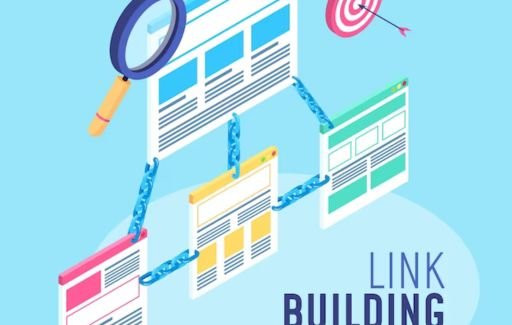


Having a website with well-structured internal links is crucial for good SEO and user experience. An internal link checker tool allows you to analyze and optimize the internal links on your site. This comprehensive guide will explain what an internal link checker is, why it's important, and how to use one effectively.
An internal link checker is a tool that crawls through all the pages on your website and identifies all the internal links pointing from one page to another within your site.
Internal links are hyperlinks that connect web pages on the same domain or subdomain. For example, a link from yoursite.com/blog to yoursite.com/contact is an internal link.
An internal link analysis tool scans your site structure and generates a report showing:
This data allows you to understand the internal interconnectivity of your site and optimize it for better SEO and navigation.

Here are some tips on using an internal link analysis tool to improve your site's SEO and usability:
Use the tool to crawl all the pages on your site, not just your main pages. This gives you a complete picture of your internal link structure.
Identify pages with no internal links pointing to them. Bring orphaned pages into your site's navigation by linking relevant content to them.
See which pages accumulate the most internal links to understand how authority flows through your site architecture. Strengthen weak areas.
Fix any broken internal links the tool discovers to maintain a good user experience and avoid penalization.
Analyze the linking structure between pages and categories to improve how users navigate your site.
Use the data to distribute internal links strategically across pages and sections to optimize on-site SEO.
Internal links should connect related content. Your internal link checker results can identify opportunities to add relevant links between pages.
Go beyond just linking in headers and footers. Add contextual internal links within the body content where relevant to improve click-throughs.
Use the tool data to identify pages and content that can be expanded into detailed standalone posts - then link to these content upgrades.
Your internal report will reveal pages you didn't realize could be linked for better navigation and SEO optimization.
There are many great internal link analysis tools available. Here are some top options:
A powerful paid SEO tool with comprehensive internal and external link analysis features. Crawler-based reports identify optimal link-building opportunities.
Another robust paid SEO tool that performs detailed backlinks and internal link audits. Helps strengthen website authority.
A desktop crawler that generates internal link analysis reports along with other SEO data. Free and paid versions are available.
A trusted paid SEO tool that examines internal links and checks website authority metrics like Trust and Citation Flow.
A free alternative that crawls sites to identify broken links, orphaned pages, and other internal link issues.
Browser-based extension that lets you analyze internal links on any site you are browsing. Just click the extension icon.
Free internal link analysis tool that integrates with Google Analytics for easy website auditing.
A paid link analysis tool that examines internal link structures and helps strengthen website architecture.
A: Internal links connect pages within the same website. External links go from a page on one site to a different domain. Internal link checkers analyze connections between pages on your site.
A: Yes, most internal link checkers are designed to crawl large sites with thousands of pages. However, very large sites may exceed the crawler limits of some tools.
A: Properly structuring internal links helps search engines crawl and index your site more efficiently. Internal links also distribute authority across your site.
A: Aim to audit your internal links 2-3 times per year. Also, re-check if you add or remove a large volume of pages or do a site redesign.
Most tools allow you to export the internal link data and stats into a CSV or Excel sheet for further analysis and tracking.
A: It’s a good practice to link relevant related content together. But some pages like contact or single-page funnels may intentionally not link out.
A: Some internal link checkers have companion tools that can automate adding internal links between relevant pages on your site.
A: There is no fixed number, but aim for at least 1-2 contextual internal links per page. Avoid excessive links just for SEO.
A: Most tools focus on crawling the full site, but some allow entering a specific URL to check internal links on just that page.
A: With proper website coding, internal links won’t have a noticeable impact on site speed. However excessive links can hurt performance.
An internal link checker is a valuable tool every website owner should be using. Auditing your internal links provides data to improve site navigation, fix technical issues, and distribute authority for better on-page SEO.
While link analysis tools range from free to paid, even basic internal link checks consistently provide actionable insights to optimize your content. The small time investment yields big rewards in how search engines crawl your site and how visitors navigate it.
By identifying orphaned pages, evaluating page authority flow, and strengthening your interlinking structure, your content will be better connected both to users and search engine crawlers. Set a reminder to re-check your internal links every few months to catch any changes or new opportunities.
With a well-linked internal site architecture, you can focus your efforts on building high-quality external links to boost domain authority. An internal link audit lays the necessary groundwork to maximize your off-page SEO efforts. Use these tips and tools to evaluate and improve your website's internal link profile.